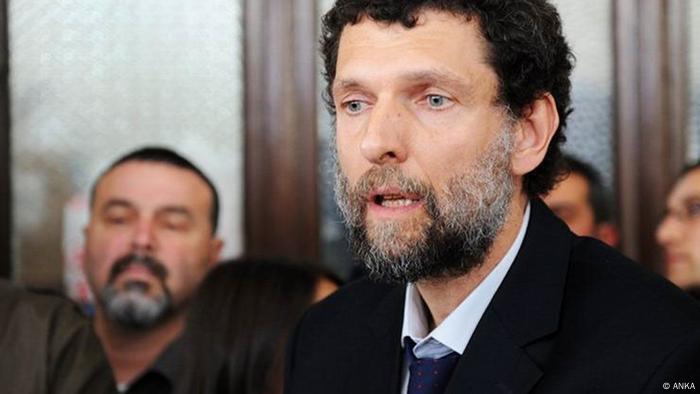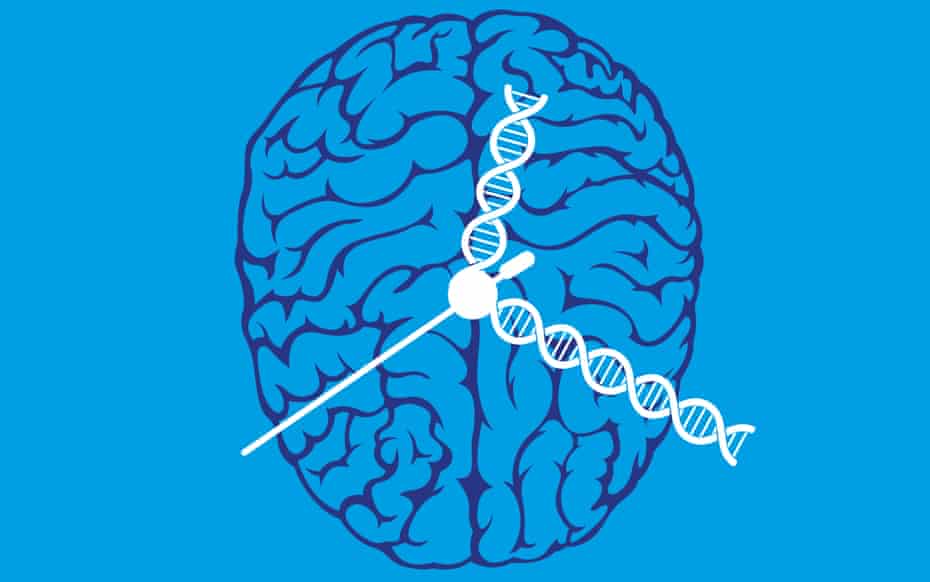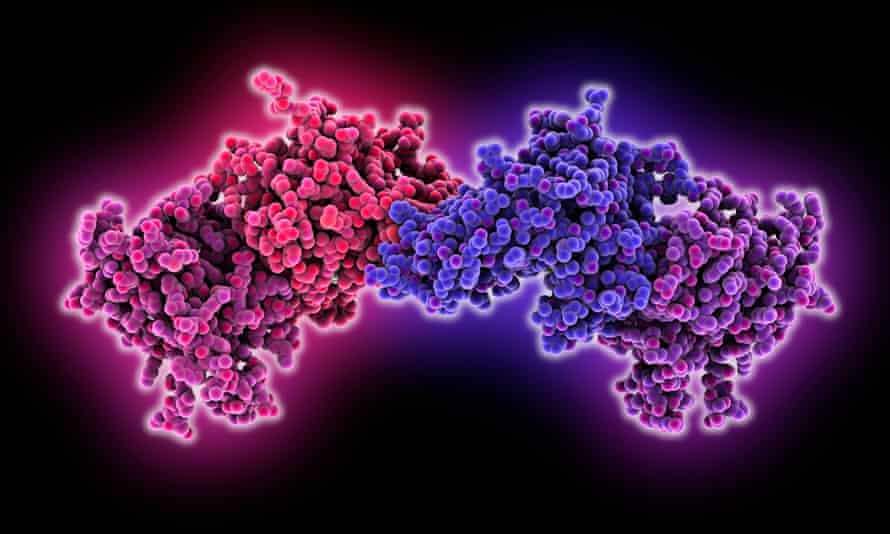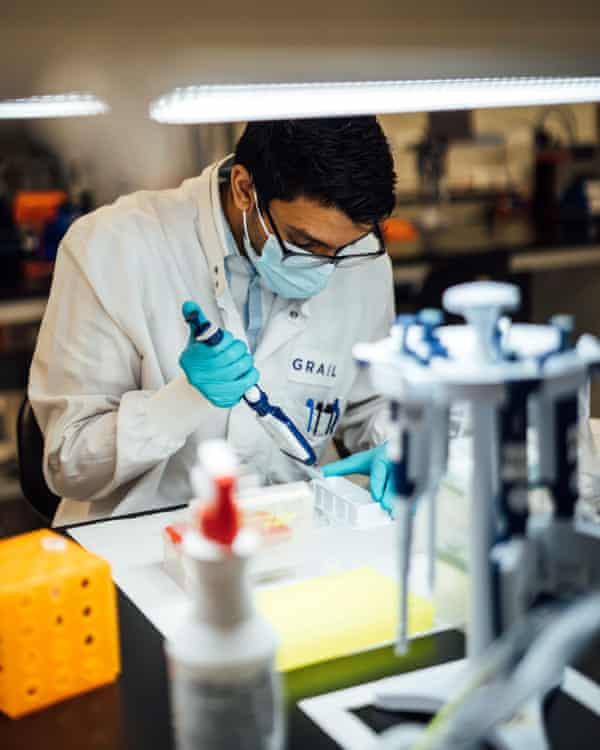By DÉBORA ÁLVARES

1 of 5
BRASILIA, Brazil (AP) — Irene Castilho didn’t even have a day to grieve after her husband died of COVID-19. She was sick, too, coughing and struggling to breathe; he was barely gone when she started using his oxygen mask. The same day, on March 22, she was admitted to a hospital in Sao Paulo.
The 71-year-old had followed doctors’ instructions to the letter – dutifully taking her doses of hydroxychloroquine. She also took ivermectin and a battery of anti-inflammatories and vitamins in the so-called “COVID kit” that her health care company, Prevent Senior, mailed to her home.
Still, her condition had deteriorated.
At the hospital, Castilho received dialysis and was intubated. When physicians consulted Castilho’s daughters about giving her flutamide — a drug typically used for prostate cancer – they declined, worried about possible side effects for their mother who recently had liver cancer.


Luiz Cezar Pereira gets emotional when talking about his late mother during an interview at his family's home in Guarulhos, Brazil, Friday, Oct. 1, 2021. Pereira's mother died of COVID-19 and was treated by health care company Prevent Senior, which is under investigation for allegedly forcing doctors to test unproven drugs on coronavirus patients. Pereira's mother was treated with flutamide, a drug typically used for prostate cancer, for which he eventually consented after resisting when his online research found it wasn’t scientifically proven. (AP Photo/Marcelo Chello)
They later saw a nurse administering flutamide; she told them it had been prescribed despite their objection.
Castilho died in late April, 33 days after her husband, and her daughters scattered her ashes upon his grave.
“You know that passionate couple? That was them,” her daughter Kátia Castilho told the Associated Press in a video call from northeastern city Joao Pessoa. “That’s what keeps me from staying silent. That’s what makes me unafraid. It’s a truth that I wish were a lie. It’s a wound that will never scar.”
Castilho’s case is one of a series of examples that have led to explosive accusations against Prevent Senior, which operates 10 hospitals in Sao Paulo, that have scandalized Brazil since mid-September.
Whistleblowing doctors, through their lawyer, testified at the Senate last week that Prevent Senior enlisted participants to test unproven drugs without proper consent and forced doctors to toe the line on prescribing unproven drugs touted by President Jair Bolsonaro as part of a “COVID kit.”
Some senators have said it appears Prevent Senior falsified death certificates to omit COVID-19 as cause of death. Authorities are also investigating the complaints the company conducted research without proper permission.
The case underscores the resilient rift in polarized Brazil over proper treatment of COVID-19 patients, with many in the nation — including the unvaccinated president — bucking global scientific recommendations. And there’s concern that other providers likewise implemented dodgy policies.
Two weeks ago, Pedro Batista Júnior, Prevent Senior’s executive director, testified to senators that doctors were free to make their own prescriptions for treatment of COVID-19 and said patients had freely agreed to take their COVID kits.
In response to more than a dozen questions from the AP, Prevent Senior denied all wrongdoing, irregularities at its facilities or having conducted unapproved trials. It said all patients or family members consented before receiving treatment.
It didn’t respond to questions about how many patients received the COVID kits.
Brazil has a public health care system, though service is often subpar. Many middle-class Brazilians have private plans, but costs for the elderly are high.
Prevent Senior seemed to help fill that gap. It was founded in 1997 and grew among those who couldn’t afford premium care; its monthly cost is about $300, half that of some competitors. The company has more than 500,000 clients, with an average age of 68.
Three doctors formerly employed by Prevent Senior — George Joppert, Alessandra Joppert and Walter Correa de Souza Neto — told television program “Fantastico” on Oct. 3 that doctors received instructions from company officials to prescribe hydroxychloroquine. Until that interview, all had remained anonymous.
Souza Neto repeated that assertion in Senate testimony on Thursday: “Between the end of March and April (2020), (Prevent Senior) instituted a protocol to prescribe hydroxychloroquine for patients. There was no autonomy for the doctor; it was mandatory.”
The antimalarial has been given glowing endorsements by Bolsonaro and his allies, who are among few remaining global champions for the drug. While a few studies at the pandemic’s onset suggested it might be promising, they were largely conducted in lab dishes, not people. Extensive worldwide research has long since found it to be ineffective and potentially dangerous for COVID-19.
The doctors also said they were told to prescribe ivermectin, an anti-parasite drug whose effectiveness for COVID-19 remains unproven. The American Medical Association recommends against prescribing it outside of formal trials.
Both drugs are part of what President Jair Bolsonaro and his allies refer to as “early treatment” for COVID-19. The president defended “early treatment” as recently as Sept. 20 at the U.N. General Assembly. He and his lawmaker son have also cited the healing potential of proxalutamide, an anti-androgen similar to flutamide that is still undergoing trials as a potential COVID-19 medication.
Pressure to prescribe hydroxychloroquine and ivermectin is corroborated by internal Prevent Senior chat groups on WhatsApp obtained by The Associated Press, and which were previously shared with the Senate committee investigating the nation’s COVID-19 response.
They include messages sent by Benedito Júnior and another executive, two current clinic directors, one former clinic director, and an unnamed physician.
Both drugs are also relatively inexpensive. One of the directors sent messages demanding their prescription while highlighting Prevent Senior’s slipping finances.
“We can’t lose focus. We’ve started having bad revenues again,” a director named Rodrigo Esper wrote to doctors in May 2020 while urging use of the drugs. “We still haven’t hit the peak of the pandemic and we’re losing revenue.”
Lawyer Bruna Morato, who represents 12 doctors currently or previously employed by Prevent Senior, told senators on Sept. 28 that her clients were repeatedly told to choose between prescribing dubious drugs or losing their jobs.
In polarized Brazil, perspectives on COVID-19 have assumed ideological contours, particularly as Bolsonaro repeatedly downplayed the disease’s severity and undermined governors’ and mayors’ measures to control its spread.
Armchair epidemiologists have shown themselves willing to excoriate anyone who voices trust in the so-called global experts or expresses doubt about the effectiveness of the COVID kit prescribed by doctors at Prevent and elsewhere. Bolsonaro claims that the Senate committee is politically motivated and working unfairly to pin the pandemic’s deaths on him.
The press office of Brazil’s presidency didn’t respond to requests for comment for this story.
In response to questions from the AP, Prevent Senior insisted that doctors had been free to prescribe the COVID kit or not.
But that medical autonomy has been challenged by the three doctors interviewed by “Fantastico,” Senate testimony by the lawyer of 12 doctors and five of the messages reviewed by the AP.
On March 21 this year, a doctor sent a message saying an executive named Rafael had told her that prescription of the COVID kit was mandatory.
“Rafael told me prescription of the COVID kit is obligatory, but I don’t feel comfortable with that. I’d like to know how I should proceed,” the doctor wrote to a recipient who was not identified. The message was one of those shared with Senate investigators.
Some patients other than Castilho also were given flutamide — though with consent.
Luiz Cesar Pereira said he had initially resisted a doctor urging him to use the drug for his mother after he researched on the internet and found it wasn’t scientifically proven.
”‘Trust me, we’re going to recover your mom,’” Pereira recalled the doctor saying. He finally relented, and gave consent.
“In my blessed ignorance, I believed. ... Because I don’t know anything. I don’t have any friend who’s a doctor,” said Pereira, 45, who sells construction materials.
His mother eventually died.
Dr. José Davi Urbaez, president of the capital’s society of infectious disease specialists, said he believes Prevent Senior’s use of unproven treatments is just “the tip of the iceberg.”
“What was done with ‘early treatment’ is criminal, and not limited to Prevent,” he said. “There needs to be a very precise investigation of this, and punishment should be exemplary, because it underscores failure in the ethics of medical practice.”
Prevent Senior told the AP that it wasn’t formally testing flutamide, but said doctors were allowed to administer it. The company maintained that the drug can be helpful in treating COVID-19.
Jorge Venâncio, commissioner of Brazil’s National Research Ethics Commission, told the AP that the only application Prevent Senior made for COVID-19 research was related to the prescription of hydroxychloroquine and azithromycin, an anti-inflammatory that also hasn’t proven helpful.
He said the council approved that request to start trials in April 2020 and the hospital published its results just three days later, indicating the study had already been done.
Prevent Senior told the AP it was not a scientific study, but rather an “observational report” comparing patients who received hydroxychloroquine and azithromycin with others who didn’t take the drugs, and which started in March.
“They published a pre-print with the results of the research, with 636 patients, which is impossible; there’s no way to do that,” Venâncio said. “Even if it were observational research, as they’re saying now, it would have to be registered.”
Prevent Senior disputed the need for registration with the commission.
But the research council gave that information to prosecutors in Sao Paulo who are investigating the healthcare provider, and who have received complaints from doctors and patients. The Senate committee is also sharing information with prosecutors.
The lawmakers are also investigating possible fraud in death certificates. In May 2020, the Health Ministry issued guidelines stating that a death stemming from COVID-19 should still be classified as such on a death certificate, even if the patient had stopped testing positive for the virus itself.
“If the person was admitted for COVID, COVID has to be on the death certificate,” said Daniel Dourado, a doctor, lawyer and researcher at the University of Sao Paulo.
But that didn’t always happen. Luciano Hang, a department store magnate who is a fervent Bolsonaro supporter, told the Senate committee his mother was admitted to a Prevent Senior facility in Sao Paulo with COVID-19. Yet the disease doesn’t appear on her death certificate, a copy of which the AP reviewed.

Demonstrators protest against the Prevent Senior health care company outside its headquarters in Sao Paulo, Brazil, Sept. 30, 2021. Whistleblowing doctors, through their lawyer, testified at the Senate last week that Prevent Senior enlisted participants to test unproven drugs without proper consent and forced doctors to toe the line on prescribing unproven drugs touted by President Jair Bolsonaro as part of a “COVID kit,” in the treatment of the new coronavirus. (AP Photo/Marcelo Chello)
It remains unclear whether that means patients’ deaths were omitted from state and national tallies of COVID-19 deaths.
Prevent Senior’s press office told the AP that this didn’t interfere with compulsory notification to authorities.
Sen. Randolfe Rodrigues, who sits on the committee, told the AP he believes it did affect the tallies, but there will be no way to prove that for months. Others agree.
“Prevent hid COVID-19 deaths. And that was intentional. I have never seen anything of this scale,” said Dr. Gonzalo Vecina, one of the founders of Brazil’s health regulator. “They committed crimes and we need to identify who produced false information that fed into the public health care system.”
Neither Sao Paulo state’s health secretariat nor Brazil’s Health Ministry confirmed whether patients who died from COVID-19 at Prevent Senior facilities factored into the nation’s death toll, which is the world’s second highest at more than 600,000.
Like Urbaez, many say the revelations from Prevent Senior reflect what is going on elsewhere. Similar allegations have emerged regarding Hapvida, the nation’s third-largest healthcare provider, with almost 5 million clients.
The major newspaper O Globo published messages indicating Hapvida directors pressured doctors to prescribe hydroxychloroquine as recently as January. Several doctors confirmed this to the paper, without revealing their names.
Felipe Peixoto Nobre, a former Hapvida doctor in Ceara state, told television station Globo that he was red-flagged for not prescribing the COVID kit, and was told he ran the risk of being fired if his refusal continued.
Hapvida said in a statement to the AP that, at the start of the pandemic, hydroxychloroquine was understood to be beneficial and “there was significant adherence in our network,” but that it never amounted to the majority of prescriptions. It said it no longer recommends hydroxychloroquine “because there is no scientific proof of its effectiveness.”
The government regulator of private health care plans said in a statement to the AP it is investigating Hapvida, Prevent Senior and another provider, Unimed Fortaleza. Sao Paulo’s medical council also told the AP it is investigating Prevent Senior.
Meanwhile, the Senate committee aims to release its final report within two weeks and some lawmakers have already signaled they want to make an example of Prevent Senior.
Sen. Renan Calheiros, who is assigned to write the committee report, said in an interview, “Prevent Senior is the most shocking case investigated by this committee from a humanitarian and civilizational perspective,” and accused it of giving some patients medicine without their consent. “This isn’t a health care plan, but an operator of death stimulated by the president of the republic.” ___ AP journalists Tatiana Pollastri and Mauricio Savarese contributed from Sao Paulo













